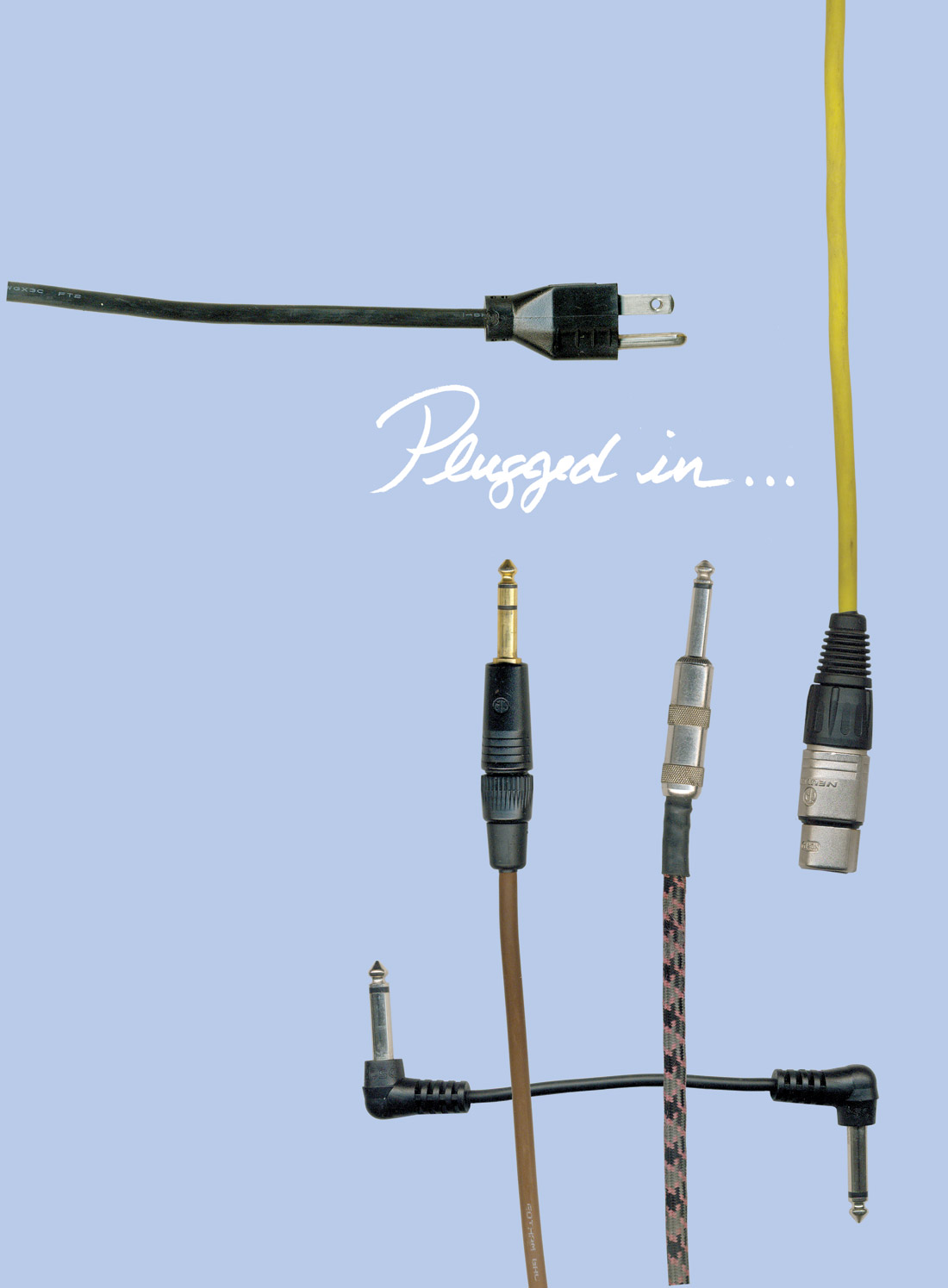When contemporary music intersects with the world of classical music, certain things can be lost in translation. How many times have you heard a guitar player mention that he doesn't really know notes, he just knows chord shapes? When I reviewed the ASK Video Sibelius Tutorial DVD (Tape Op #62) it was noted that engineers are often expected to "facilitate" this translation during sessions. While writing a score with a quill and ink is certainly an option, communicating clearly and efficiently in a language that classically trained musicians can understand is a task Avid's notation software Sibelius 6 has mastered. It goes without saying that Sibelius 6 is capable of handling more than your average pop/rock cello arrangement, so to rigorously test its might, I used it exclusively in writing a piece for full orchestra, which was read by the Pittsburgh Symphony Orchestra on February 20, 2010.
When I began working on the piece in the fall of 2009, the feature I was most excited to try was Magnetic Layout. As I imported my old Sibelius 4 scores into Sibelius 6, I watched my sloppily placed dynamic markings snap into place, perfectly aligned with each other. Now, after working with Magnetic Layout intensively, I can't imagine life without it, because it doesn't just line up those pesky dynamic markings; Magnetic Layout takes the objects surrounding your notes (dynamics, hairpins, lyrics, roman numerals, etc.) and repositions them to not only avoid collisions, but in alignment with each other (horizontally and vertically), and in their natural order of precedence (a dot would be closest to the note, then a dynamic marking, then a chord symbol, etc.).
I cannot even begin to imagine the amount of time this feature has saved me over the entire writing and editing process. Even when dealing with small ideas or groups of instruments, your score automatically looks like you've stayed up until 4 a.m. nudging objects into place. Just hold down Command (or Control on PC) if you'd like to temporarily bypass Magnetic Layout, and the object will follow your cursor exactly. Or, in case you prefer late nights after all, you can disable it for any or all parts of the score.
Another very cool feature is Live Tempo, which allows the user to dictate the push and pull of the tempo. Like tapping a tempo into a Dr. Beat or using the "T" key in the Pro Tools transport, click along with your mouse or sustain pedal and Sibelius will remember your tempo fluctuations. You now have the ability to inject some feeling into the playback of your Adagio for Euphonium and Slide Whistle.
Speaking of playback, Sibelius has updated its default sound set, which I must admit is decent, relative to what I've heard from other software and even previous versions of Sibelius. After my experience with the Pittsburgh Symphony, a truly world-class orchestra, I can say that Sibelius Sound Essentials (which is included with the software), relative to the sound sets included with most notation software, is a large step forward in the infinitely-difficult and - well, let's just say it - impossible imitation of real orchestral textures. And it gets better, as Sibelius supports Kontakt Player-based sample libraries and is now ReWire compatible, so you can incorporate Sibelius into Pro Tools for your film project or to hear your band play along with your new brass arrangement.
Another handy feature is Versions, which allows you to save and track the milestones of your work, large or small. As I was writing and copying into Sibelius, I would save a new version several times each day, so that I could freely step backwards if I needed to recall an earlier idea that I had deemed
"not awesome enough," or if I wanted to abandon a current idea and start over from where I had been three days previous. Additionally, Sibelius will compare the versions for you, highlighting the differences and allowing you or someone else to leave comments. It's like "save as" wanted to prolong its baseball career, break the home-run record, and sign a lucrative contract with the San Francisco Giants - but did so legally.
My only real gripe about the software surfaced when I was creating parts for instruments that are written as multiple voices on one stave, such as French horns or divisi strings. Sibelius includes filters to separate voices, high notes and low notes, particular notes in chords, and so forth, but there is no way to differentiate between "I." or "unison", making for lots of careful copying and pasting. (The good folks at Sibelius have noted that they are working on a solution to be included in a later version.)
Perhaps I've just been spoiled by other time-saving features in Sibelius like Paste As Cue (automatic cue insertion and labeling), and the incomparable Dynamic Parts, where parts are updated as you update the score, and vice versa. I've also failed to mention the dozens of plug-ins that make normally arduous editing jobs a breeze, such as Consolidate Ossia Staves, Respell Uncommon Accidentals, and my favorite, Calculate Golden Sections. Additionally, Sibelius 6 includes revamped slur-creation, automatic cautionary accidentals (extraordinarily convenient), easy access to jazz articulations, as well as several other solid upgrades for advanced users, like automatic feathered beams, stemlets, and extreme tuplets (for instance, eleven 16th notes in the space of eight) to name a few.
Overall I could hardly be more pleased with my Sibelius 6 experience; it emphasized both a fluid inputting of my ideas as well as an elegant and professional presentation of them, while simultaneously eliminating much of the meticulous editing process.
Plug-Ins, Software | No. 151
ControlHub Mixing Plug-In
by Dave Hidek
STL Tones is best known for their guitar amp modeling software, AmpHub, ToneHub, Tonality, and Libra, which bring signature amp models, pedals, and cabinets, to user’s fingertips. In addition,...




_disp_horizontal_bw.jpg)